When Apple introduced the iMac Pro last year, apart from the price, many people wondered how Apple would solve the cooling problem. All in one form factor is not a very ideal solution for cooling demanding components that will be under heavy load for a long time. The cooling limits of classic iMacs are a sufficient example. However, Apple has denied that the cooling in the new iMac Pros has been completely redesigned. It now includes two independent cooling circuits (CPU and GPU blocks). The fans and radiator are also new. They tested the updated cooling circuit on the Appleinsider server and found that it is definitely not without problems.
It could be interest you
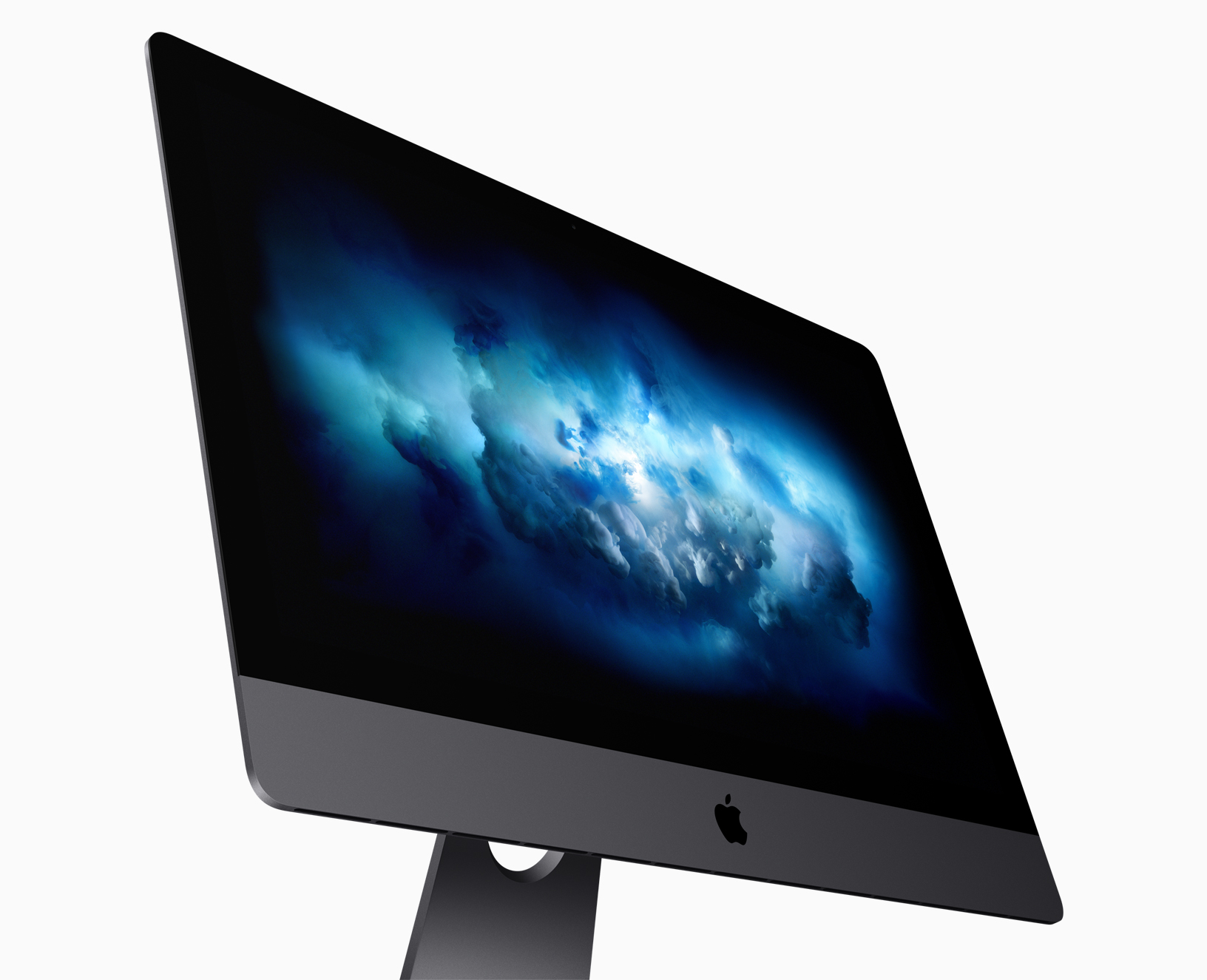
They summarized their detailed article in a video, which you can view below this paragraph. For testing, they used the "basic" configuration of the new iMac Pro, which has an 8-core Xeon (3,2GHz, 4,2GHz Boost), an AMD Vega 56 GPU, 32GB DDR4 RAM and a 1TB NVMe SSD. When idle, the new iMac Pro is completely silent. You will not know about it during normal work, which is not at all demanding on the components inside - i.e. browsing the web, some e-mails, etc.
Surprisingly, this state does not change even when 4K video was rendered in Final Cut Pro X on the tested model. Even under heavy load, the iMac Pro was very quiet, and even when the fans were running, there was no hum from the insides of the machine. Compared to a normal 5K iMac, this is said to be a huge difference. However, this "quiet operation" also has its drawbacks. As it seems, when designing cooling settings and fan cooling curves, Apple prefers low noise at the expense of cooling performance.
In the case of the classic Cinebench R15 CPU benchmark (achieved score of 1682 points), the processor reached a frequency of 3,9GHz. In each subsequent test, however, there was a temporary underclocking to 3,6GHz, due to a decrease in the temperature of the chip. The processor reached the limit of 94 degrees relatively quickly under load, after reaching which classic throttling occurs. These drops in frequency lasted for about two seconds, after which the processor rose again to 3,9. The more Cinebench was repeated, the more often the processor underclocked. So Apple has set the maximum speed of the fans due to the noise of the cooling, and the train does not go beyond that. Currently, it is not possible to set the performance curves of the cooling fans to your liking.
CPU throttling appeared again while editing the video. In this case, it took about three minutes for the CPU to reach 93-94 degrees. At that moment, the repeated frequency reduction from 3,9 to 3,6 GHz began. This behavior was repeated throughout the testing (in this case during 4K video rendering), which lasted about 7 minutes and the processor temperature was between 90 and 94 degrees.
It could be interest you
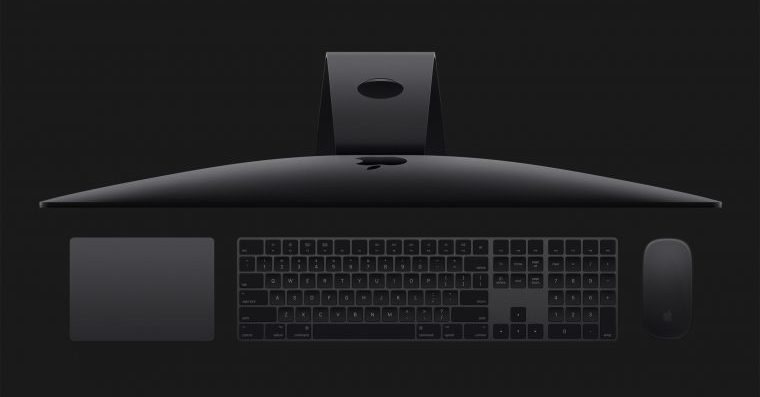
The cooling system becomes loud when the GPU needs to be cooled in addition to the CPU. In case of load on both the processor and the graphics card, the cooling noise is at the same level as in the case of a classic 5K iMac. If the cooling system has to cool the graphics card as well, the processor will reach its limit temperature (94 degrees) much faster. Earlier this will lead to throttling and reduced performance. In the case of combined load, the processor starts to underclock to 3,3GHz and returns back to 3,6GHz. The frequency of 3,9GHz is unattainable with the combined load, at least with the default cooling. The graphics card reached 74 degrees in the tests, and the tests showed that there is underclocking and loss of performance even here when the system is under maximum load. This is roughly 10%.
It could be interest you

Testing by Appleinsider pointed out a few things. First of all, it is clear that Apple prefers the silent operation of its devices, even if this means that the components work at extreme temperatures and are underclocked. A huge disadvantage is the impossibility of customizing cooling and creating custom curves and cooling profiles. As soon as this becomes possible, it will probably be reflected in the performance in practice. It should also be taken into account that some of the benchmarks in this stress test do not represent the real load that the iMac Pro will face. For example, Cinebench or the combination of CPU+GPU testing is only used for testing. On the other hand, I would expect the authors to also focus on a classic stress test in such a test. What would the processor frequency look like after two hours of load? Anyway, you can now get a fairly clear idea of how the new iMac Pro performs in terms of its cooling performance.
Source: Appleinsider
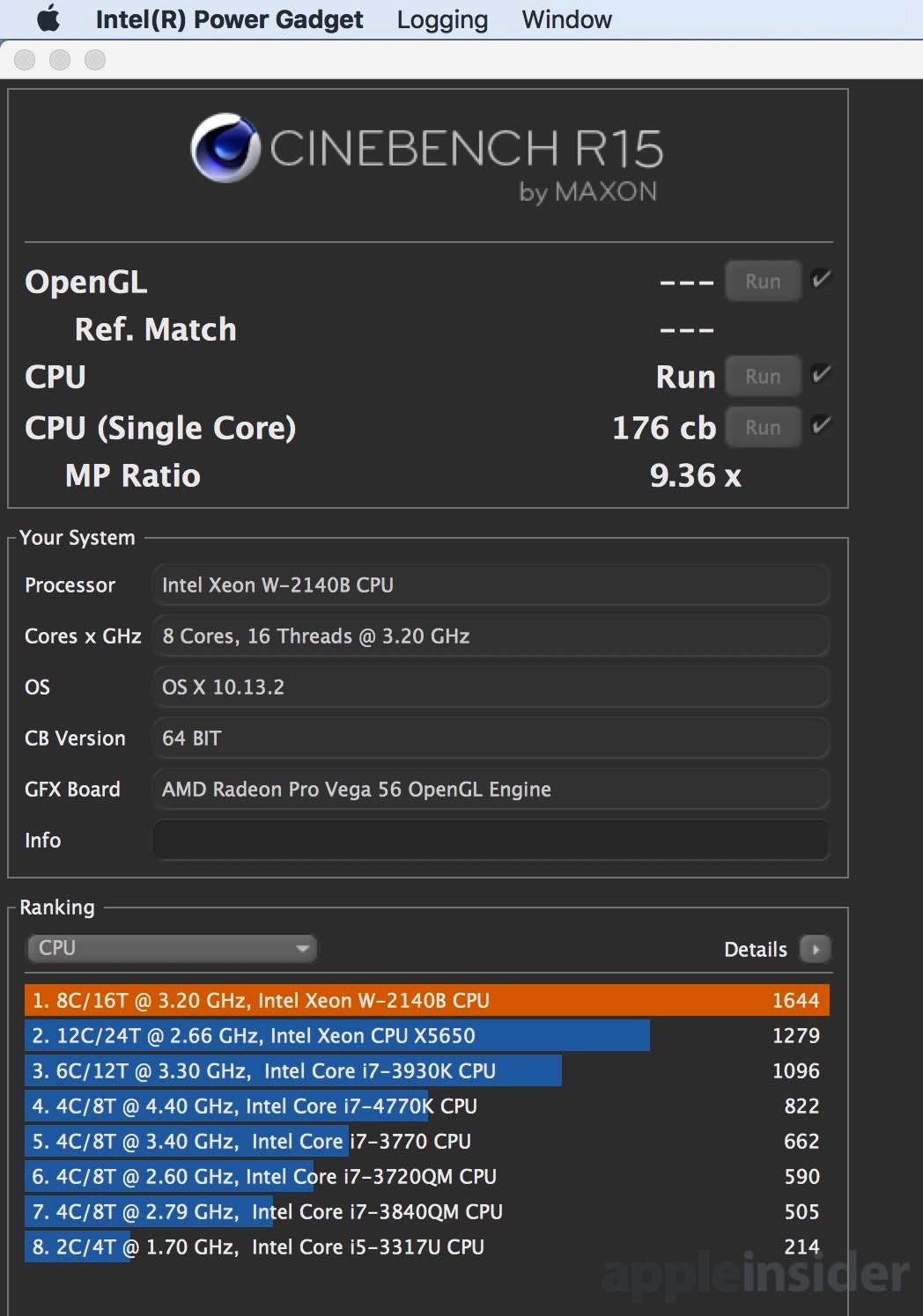
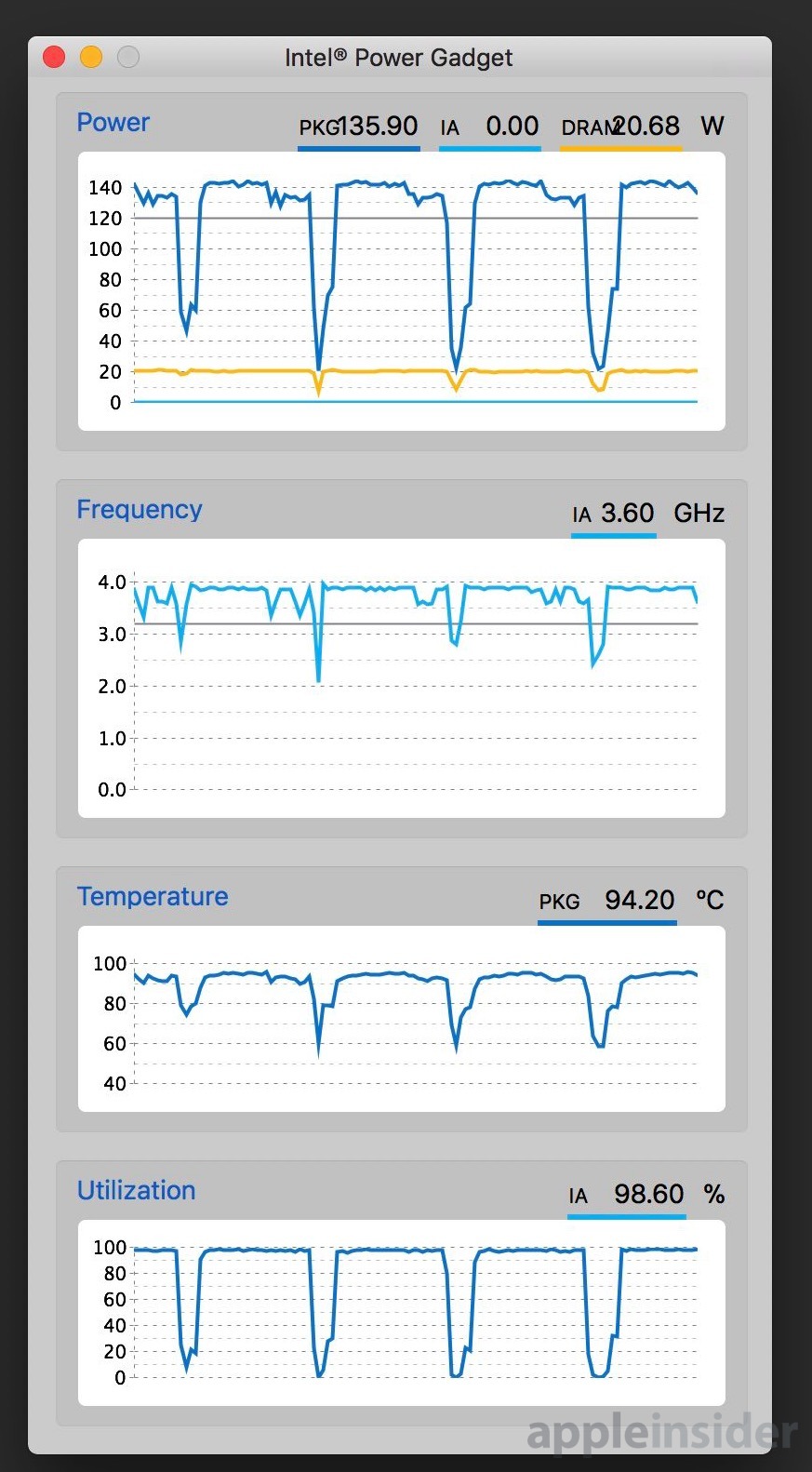
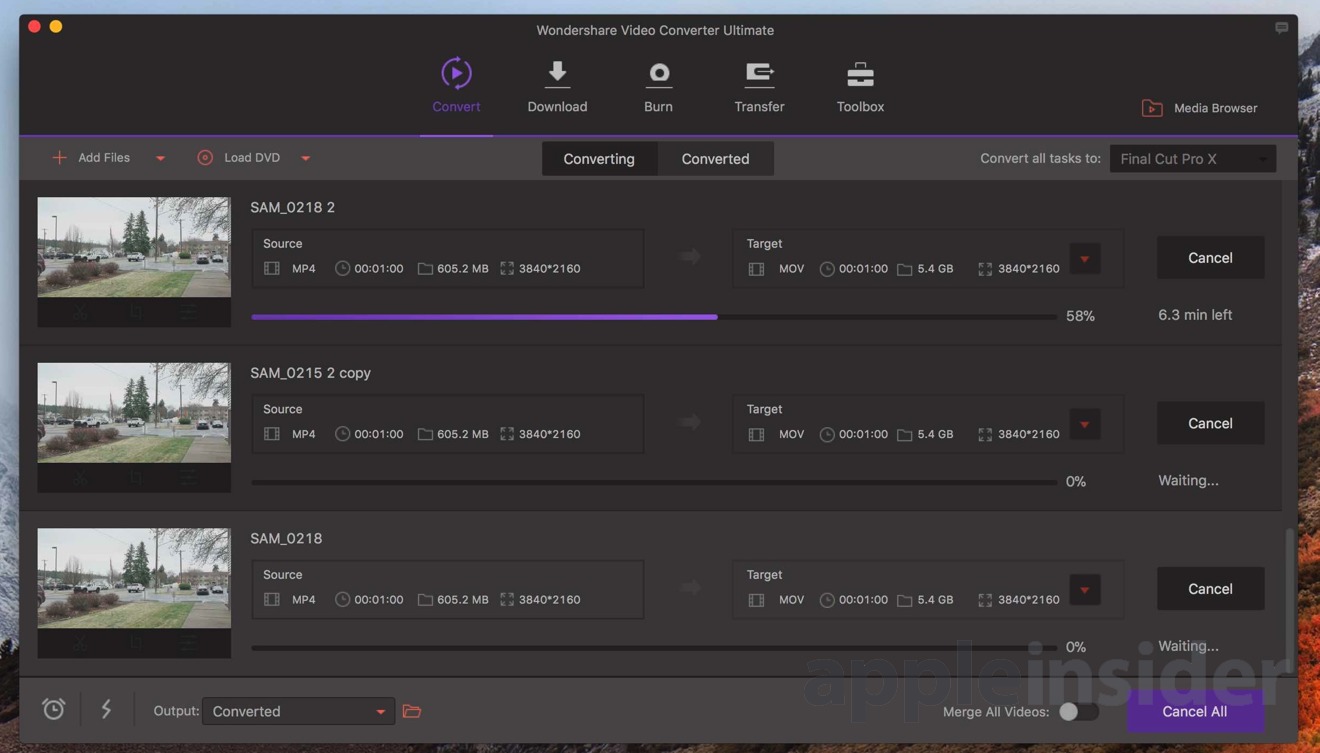
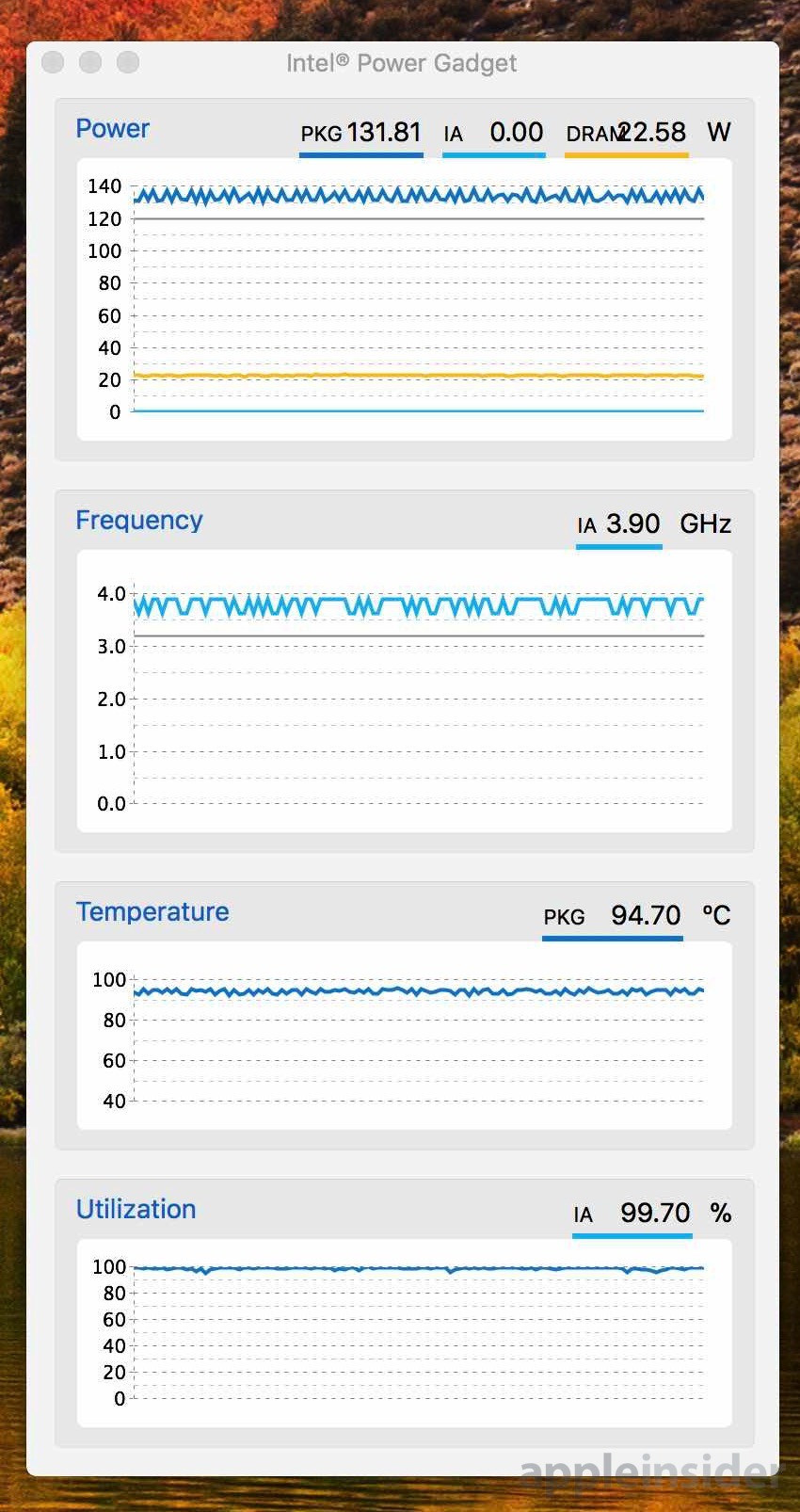
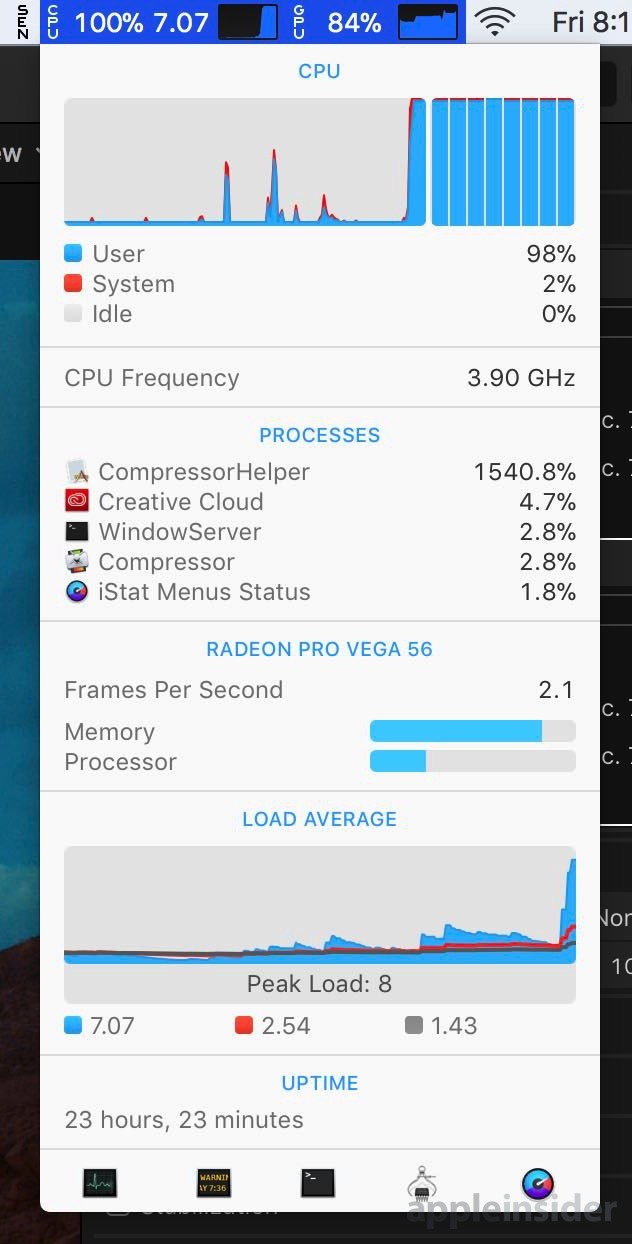

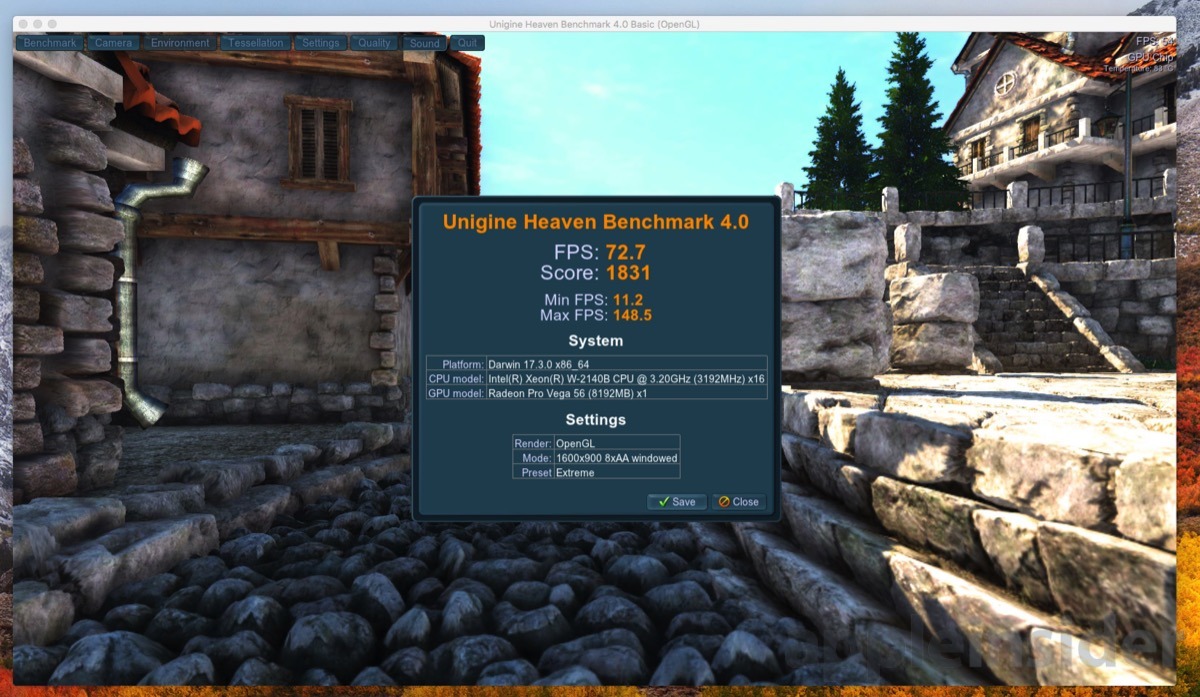
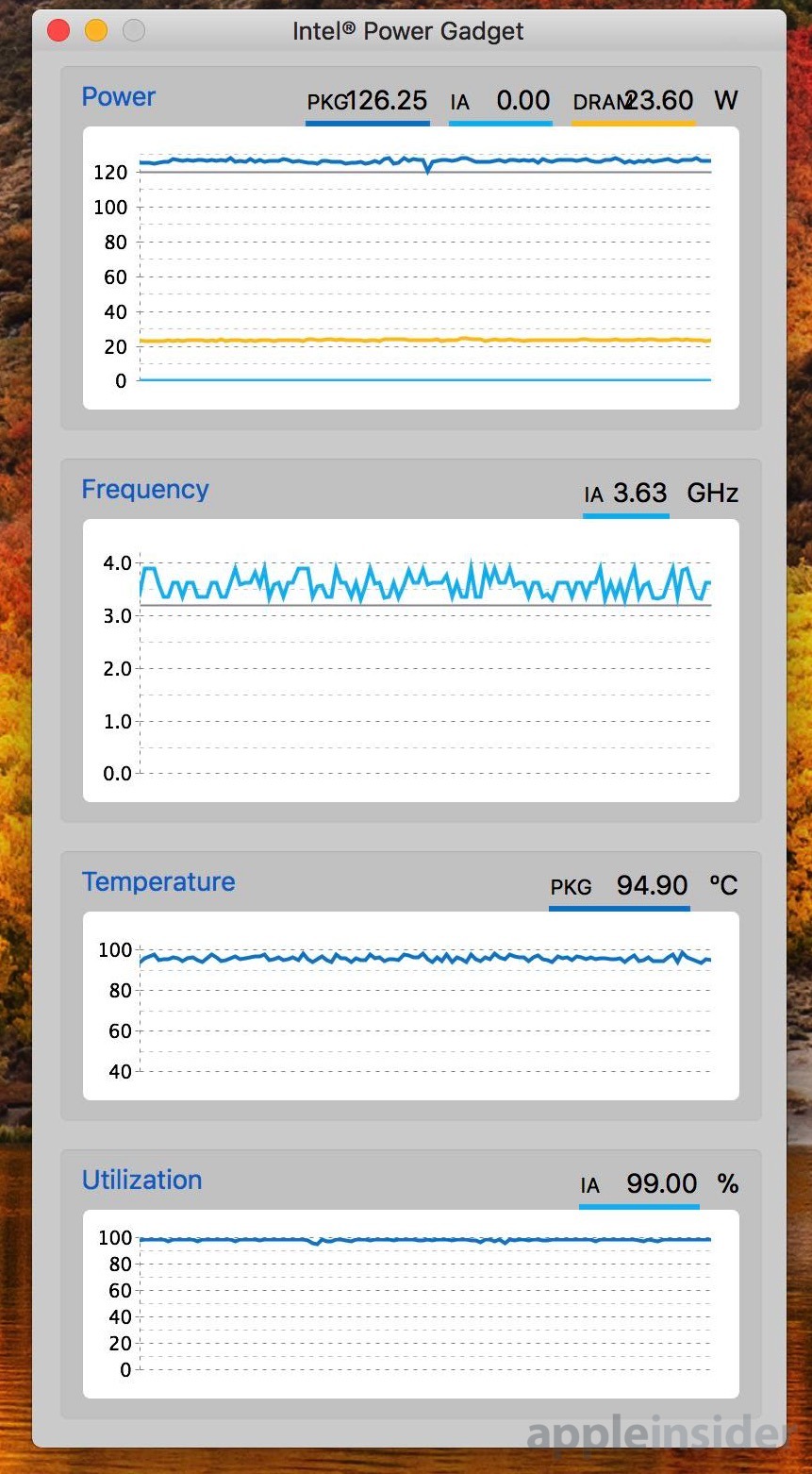
Grammatically correct is "cooling profiles" not "cooling".
“A sprinkler truck sprinkling the street. Savings account savings money. Blackout blinds shading the window. Refrigeration equipment cooling space. …”
That you are Czech? :)
No no. A tradesman, a craftsman. :D
Fixed, thanks for the heads up and explanation :)
If someone doesn't care about the noise, it's enough to buy an external fan(s) for a few bucks and use them to cool the computer. Yes, it is not so comfortable, but it is a functional solution. Personally, unfortunately, I sometimes have to use it. I guess I want a lot after that machine! ?♂️
I wish they would take an example from HP notebooks that start the fans when they think about work.
The room temperature was 21 degrees. I can't imagine it in summer temperatures. But it's probably meant for air-conditioned spaces. And it was just the base model…
I assume that a computer like the iMac Pro will hardly be bought elsewhere than in an air-conditioned space... :-)
This is nothing new, Apple has had such an approach for a long time, it has hardware designed for it, especially laptops.
Hasn't it ever struck you as strange that Macbooks Pro 15 have 40W weaker sources than competitors with the same internals? Overclocking the processor to a higher clock rate is only a one-time thing, you don't feel it for a long time, the source would not even tighten the graphics to maximum performance and the overclocked processor at once, moreover, such a situation is not even usual.
On the other hand, you can use a simple program to set your own cooling profiles, I do it myself during difficult tasks to save the components, because the fan revolutions really start to accelerate when the limit values are reached and if you don't exceed about 90C, the fan doesn't even try to cool down.